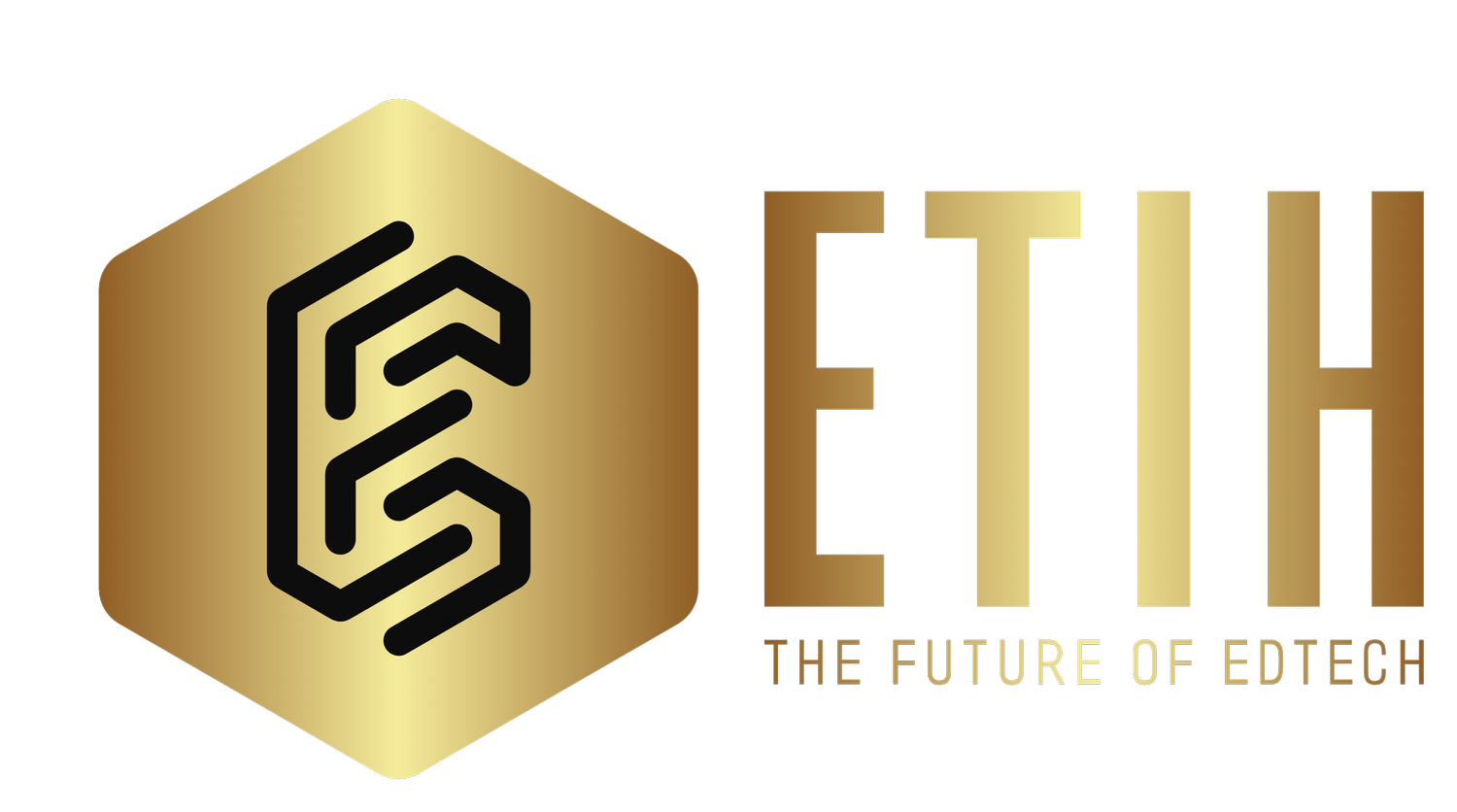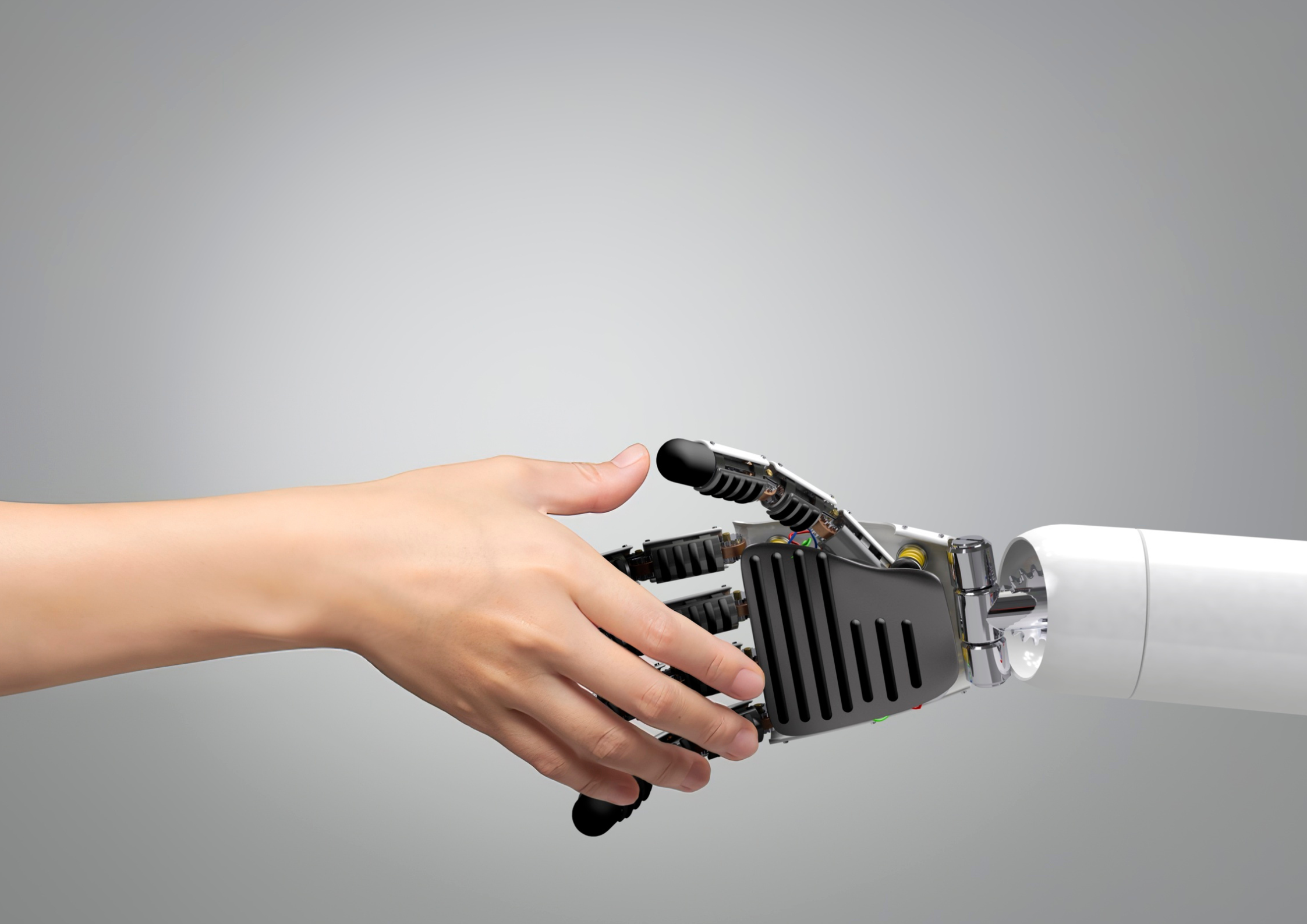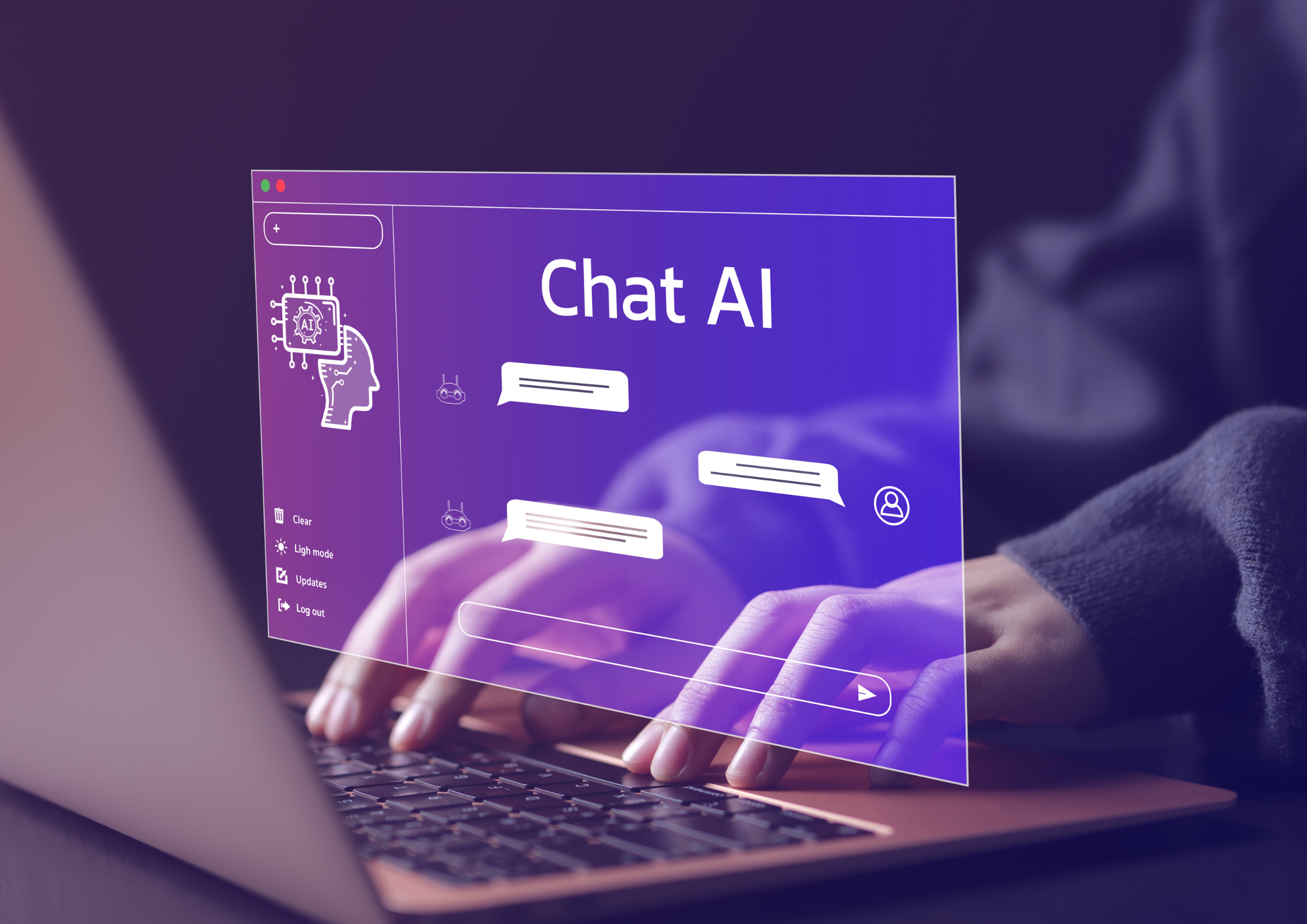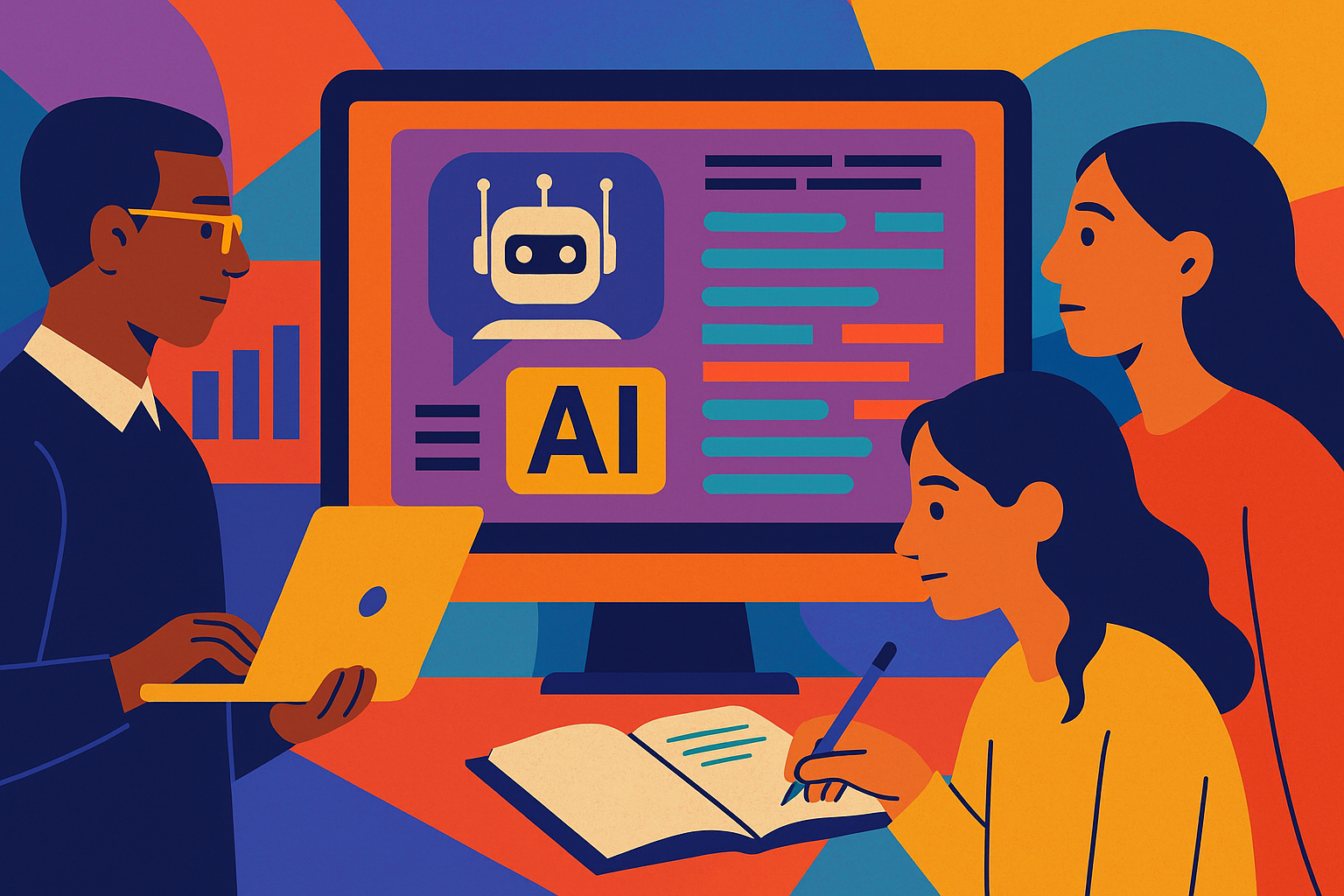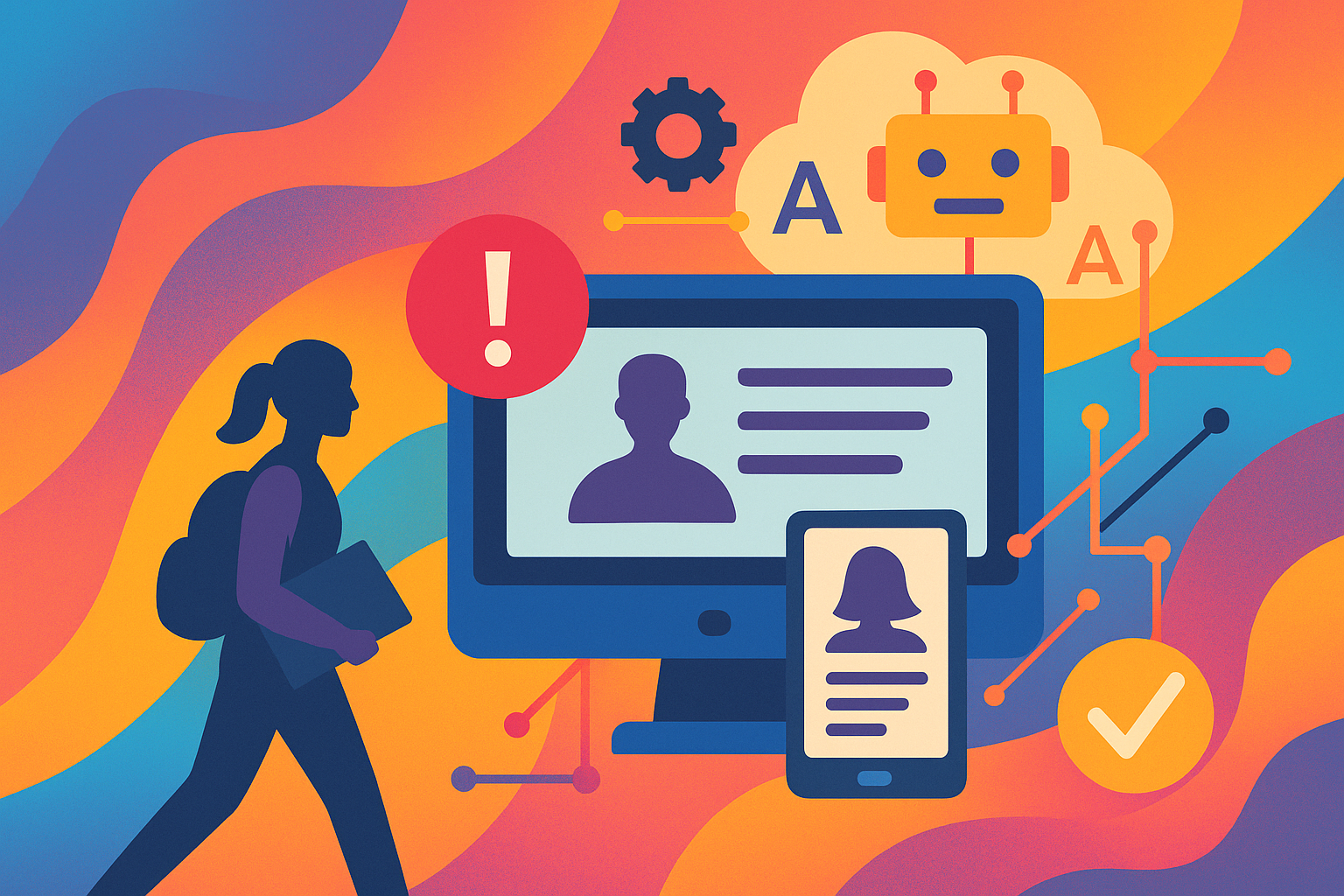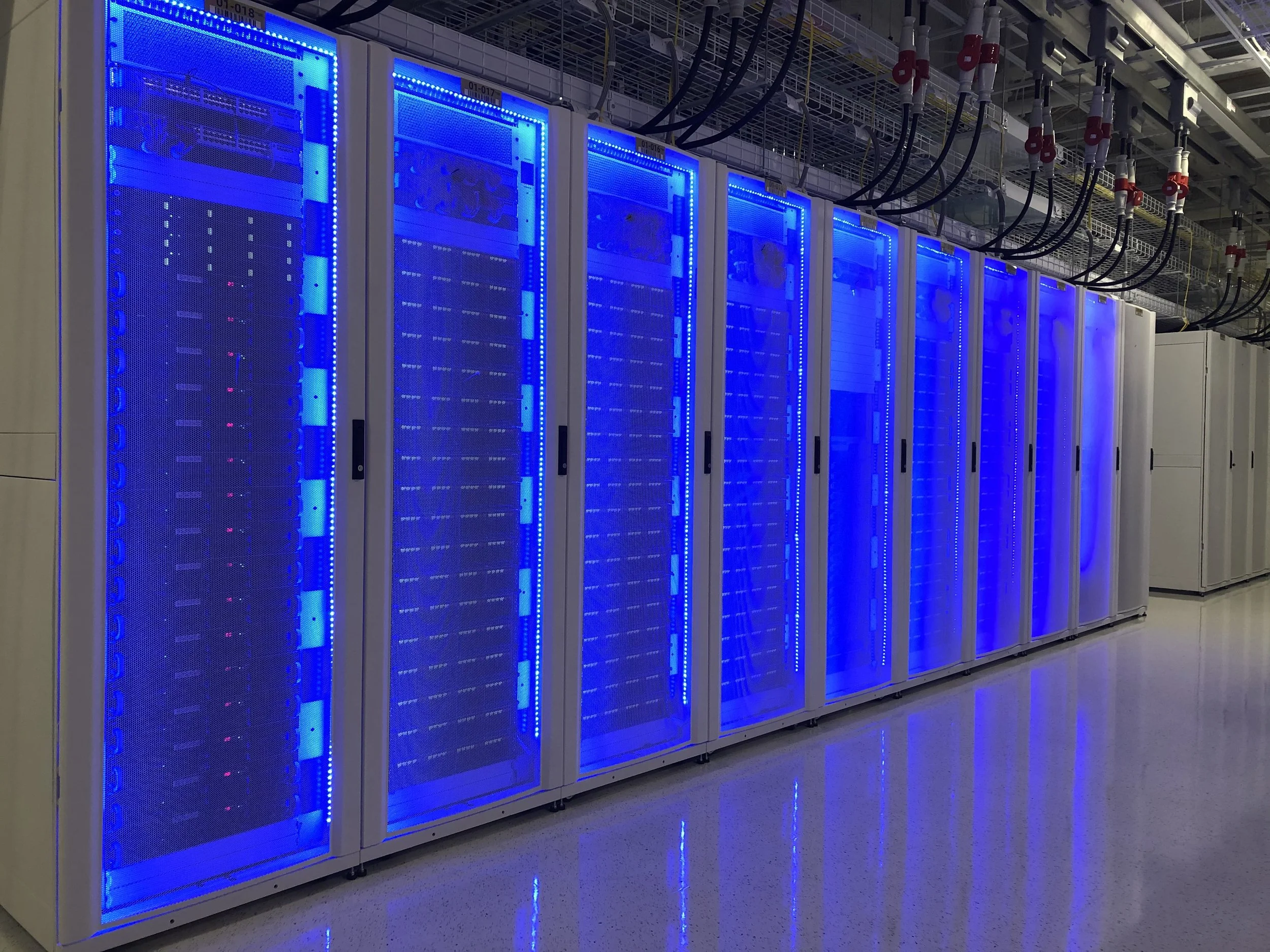Exploring the impact of the internet on education: how far we've come
Remember when research meant hours spent in dusty library stacks, hunting through card catalogs and hoping the one book you needed wasn't already checked out? Those days feel like ancient history now. The internet has fundamentally transformed education in ways that would have seemed like science fiction just a few decades ago.
The numbers tell a remarkable story of digital transformation. As of 2024, approximately 97.1 percent of the United States' population accessed the internet, up from approximately 71 percent in 2013. This dramatic shift has created unprecedented learning opportunities that extend far beyond traditional classroom walls.
Impact of COVID-19
If the internet was already reshaping education gradually, the COVID-19 pandemic hit the fast-forward button. During this period, 77 percent of public schools moved to online distance learning, and 84 percent of college students reported having some or all classes moved to online-only instruction. What had been a slow evolution suddenly became a revolution.
The shift was staggering in scope. In the fall of 2019, just 2.4 million students were pursuing their education exclusively online. When the COVID-19 pandemic began, that number jumped by nearly 200% to a total of 7 million students. Virtual school enrollment more than doubled during this period, rising from 293,689 students in 2019-20 to 590,267 students in 2020-21.
You see, the pandemic didn't just change numbers. It changed mindsets. Teachers who had never considered online instruction were suddenly adapting on the fly, while students discovered they could learn calculus in their pajamas or participate in poetry workshops from their kitchen tables.
Breaking Down the Digital Divide
The transition wasn't without its challenges. The pandemic exposed stark digital inequalities that many educators suspected but hadn't fully grasped. According to a study conducted by McKinsey, up to 40% of Black students and 30% of Hispanic students received no online instruction during school shutdowns, as opposed to only 10% of white students.
For example, in households with incomes of $100,000 or more, 85.8% of people with children reported using online resources for distance learning. Meanwhile, lower-income families struggled with everything from reliable internet connections to having enough devices for multiple children learning at home.
These disparities highlighted a truth that extends beyond pandemic conditions: technology amplifies existing inequalities unless we actively work to bridge the gaps.
The New World of Learning Opportunities
When the dust settled from the initial pandemic disruption, what emerged was a fundamentally different educational ecosystem. The internet makes a multitude of information available. Students can now explore their interests and learn more about a wide range of subjects outside the confines of the traditional curriculum, thanks to the availability of scholarly papers, eBooks, and online courses.
Consider the explosion in professional development opportunities. For educators seeking advanced degrees, earning an EdD degree online offers flexibility and convenience, allowing students to balance their studies with professional and personal commitments. Two-year EdD programs online have become increasingly popular, enabling working professionals to advance their careers without putting their lives on hold.
The variety is impressive. Students can now access everything from massive open online courses (MOOCs) to highly specialized professional programs. More than two in five online learners said they committed to a program because it fit in with their current responsibilities, both in their personal and professional lives.
Evolution of Global Classrooms
Perhaps the most transformative aspect of internet-enabled education is how it has dissolved geographical boundaries.
A student in rural Montana can now take advanced physics from MIT, while someone in downtown Chicago participates in a literature seminar led by Oxford professors. Thanks to the internet, students may communicate across cultures, learn about other customs and beliefs, and develop a more comprehensive awareness of world concerns.
This global connectivity has enriched the educational experience in ways that go beyond mere content delivery. Students develop cultural competency naturally through online collaboration, preparing them for an increasingly interconnected world economy.
The Personalization Revolution
One of the internet's most significant contributions to education has been enabling personalized learning at scale.
Utilizing data analytics, online learning platforms, and adaptive technologies, personalize student learning opportunities depending on their skills, shortcomings, and preferred learning styles.
Adaptive learning systems can now identify when a student struggles with specific concepts and provide additional resources automatically. Meanwhile, students who grasp material quickly can move ahead without waiting for the entire class to catch up.
While online enrollment has moderated somewhat from pandemic peaks, in the 2022–23 academic year, a little over half of U.S. students — 53 percent — were enrolled in at least one online course; it remains well above pre-pandemic levels.
This suggests the changes we've witnessed aren't just temporary adaptations but permanent shifts in how we think about education.
The internet hasn't replaced traditional education; it has expanded what's possible. The best educational experiences now combine the irreplaceable human connections of in-person learning with the flexibility, accessibility, and global reach that only digital platforms can provide.
We've learned that education doesn't have to be confined to specific times, places, or ages. The internet has democratized learning in ways that would have been unimaginable when the first computers were wheeled into classrooms. As we continue to navigate this digital age, one thing is clear: we've only scratched the surface of what's possible when technology serves the fundamental human drive to learn and grow.
